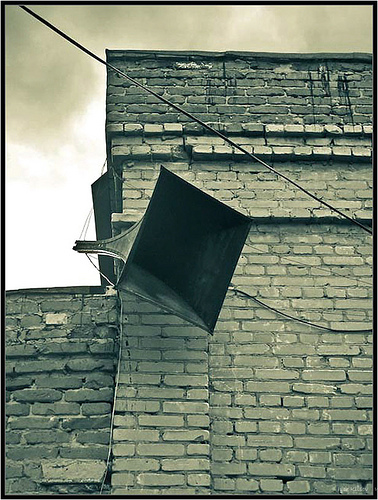 PROPUBLICA– The Gulf oil spill was 2010’s biggest story, so when David Barstow walked into a Houston hotel for last December’s hearings on the disaster, he wasn’t surprised to see that the conference room was packed. Calling the hearing to order, Coast Guard Captain Hung Nguyen cautioned the throng, “We will continue to allow full media coverage as long as it does not interfere with the rights of the parties to a fair hearing and does not unduly distract from the solemnity, decorum, and dignity of the proceedings.” It’s a stock warning that every judge gives before an important trial, intended to protect witnesses from a hounding press. But Nguyen might have been worrying too much. Because as Barstow realized as he glanced across the crowd, most of the people busily scribbling notes in the room were not there to ask questions. They were there to answer them.
PROPUBLICA– The Gulf oil spill was 2010’s biggest story, so when David Barstow walked into a Houston hotel for last December’s hearings on the disaster, he wasn’t surprised to see that the conference room was packed. Calling the hearing to order, Coast Guard Captain Hung Nguyen cautioned the throng, “We will continue to allow full media coverage as long as it does not interfere with the rights of the parties to a fair hearing and does not unduly distract from the solemnity, decorum, and dignity of the proceedings.” It’s a stock warning that every judge gives before an important trial, intended to protect witnesses from a hounding press. But Nguyen might have been worrying too much. Because as Barstow realized as he glanced across the crowd, most of the people busily scribbling notes in the room were not there to ask questions. They were there to answer them.
“You would go into these hearings and there would be more PR people representing these big players than there were reporters, sometimes by a factor of two or three,” Barstow said. “There were platoons of PR people.”
An investigative reporter for The New York Times, Barstow has written several big stories about the shoving match between the media and public relations in what eventually becomes the national dialogue. As the crowd at the hearing clearly showed, the game has been changing.
“The muscles of journalism are weakening and the muscles of public relations are bulking up — as if they were on steroids,” he says.
In their recent book, “The Death and Life of American Journalism,” Robert McChesney and John Nichols tracked the number of people working in journalism since 1980 and compared it to the numbers for public relations. Using data from the U.S. Bureau of Labor Statistics, they found that the number of journalists has fallen drastically while public relations people have multiplied at an even faster rate. In 1980, there were about .45 PR workers per 100,000 population compared with .36 journalists. In 2008, there were .90 PR people per 100,000 compared to .25 journalists. That’s a ratio of more than three-to-one, better equipped, better financed.
How much better?
The researcher who worked with McChesney and Nichols, R. Jamil Jonna, used census data to track revenues at public relations agencies between 1997 and 2007. He found that revenues went from $3.5 billion to $8.75 billion. Over the same period, paid employees at the agencies went from 38,735 to 50,499, a healthy 30 percent growth in jobs. And those figures include only independent public relations agencies — they don’t include PR people who work for big companies, lobbying outfits, advertising agencies, non-profits, or government.
Traditional journalism, of course, has been headed in the opposite direction. The Newspaper Association of America reported that newspaper advertising revenue dropped from an all-time high of $49 billion in 2000 to $22 billion in 2009. That’s right — more than half. A lot of that loss is due to the recession. But even the most upbeat news executive has to admit that many of those dollars are not coming back soon. Six major newspaper companies have sought bankruptcy protection in recent years.
Read more about PR Industry Fills Vacuum Left by Shrinking Newsrooms
© 2011 ProPublica
Photo by Flickr user spereira










